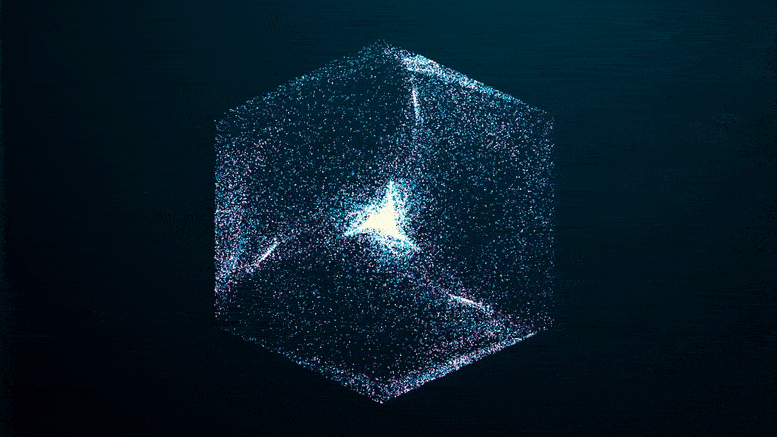
Researchers have produced photonic time crystals in the near-visible spectrum, which could revolutionize light science applications. This achievement expands a previously known range of PTCs, which were only visible at radio waves.
A recent study revealed oscillations in the refractive index faster than can be explained by current theories.
A study recently published in the journal Nanophotonics It reveals that by rapidly adjusting the index of refraction—the ratio of the speed of electromagnetic radiation in a medium compared to its speed in a vacuum—it is possible to produce photonic time crystals (PTCs) in the near-visible part of the spectrum.
The study authors suggest that the ability to preserve PTCs in the optical field could have profound implications for photonics, enabling truly disruptive applications in the future.
PTCs, materials whose refractive index rises and falls rapidly over time, are the time equivalent of photonic crystals whose refractive index oscillates periodically in space causing, for example, the iridescence of precious metals and insect wings.

Experimental setup for refractometry in a single-cycle regime. Credit: Iran Lustig et al.
A PTC is only stable if the refractive index can be made to rise and fall in line with a single cycle of electromagnetic waves at the frequency in question, so, unsurprisingly, PTCs have so far been observed at the lower frequency end of the electromagnetic spectrum: with radio waves.
In this new study, lead author Mordechai Segev of the Technion-Israel Institute of Technology, Haifa, Israel, along with collaborators Vladimir Shalev and Alexandra Poltaseva of Purdue University, Indiana, USA, and their teams, sent extremely short (5-6 femtosecond) pulses of light Laser with a wavelength of 800 nm through transparent conductive oxide materials.
This caused a rapid shift in refractive index which was explored using a probe laser beam with a slightly longer wavelength (near-infrared). The probe beam was rapidly shifted to red (increasing its wavelength) and then to blue (decreasing its wavelength) as the refractive index of the material fell to its normal value.

Transmission spectrograms of 44 fs probe pulses passed through the ITO sample, for modulating pulses of different time widths. Credit: Iran Lustig et al.
The time taken for each of these changes in refractive index was small—less than 10 femtoseconds—and thus, within the one cycle needed to form a stable PTC.
“High-energy excited electrons in crystals generally need more than ten times as long to relax back to their ground state, and many researchers believe that the ultrafast relaxation we observe here would be impossible,” Segev said. “We don’t understand exactly how that happens.”
Co-author Shalev also suggests that the ability to preserve PTCs in the optical domain, as shown here, will “open a new chapter in photonic science and enable truly disruptive applications.” However, we know little about what this might be like, as physicists in the 1960s knew about potential applications for lasers.
Reference: “Time-refractive optics with single-cycle modulation” by Eran Lustig, Ohad Segal, Soham Saha, Eliyahu Bordo, Sarah N. Choudary, Yonatan Sharabi, Avner Fleischer, Alexandra Boltaseva, Oren Cohen, Vladimir M. Shalev, Mordechai Segev, May 31, 2023, Nanophotonics.
DOI: 10.1515/nanov-2023-0126
The research was funded by the German Research Foundation.

“Beer aficionado. Gamer. Alcohol fanatic. Evil food trailblazer. Avid bacon maven.”
